Rock breaking has traditionally been associated with explosive techniques that require careful planning and execution. However, advancements in technology have paved the way for non-explosive methods that are safer, more precise, and environmentally friendly. In this blog, we will delve into the world of rock breaking without blasting, exploring the various techniques and tools that are revolutionizing the industry.
Expanding Grout
How Expanding Grout Works
Expanding grout is a chemical compound that expands when mixed with water, exerting immense pressure on the surrounding rock. The process begins by drilling a series of holes into the rock, similar to the methods used with hydraulic splitting or chemical rock-breaking agents. The expanding grout is then carefully poured into these boreholes, where it penetrates the fissures and cracks within the rock mass.
Advantages of Expanding Grout
Expanding grout is an excellent choice for rock breaking due to its many advantages. It guarantees safety as a non-toxic and non-hazardous option. Precision is achieved with controlled fracturing, minimizing damage. The reduction of noise and vibrations makes it ideal for urban areas. It is environmentally friendly, producing no harmful gasses or pollutants. Cost-effectiveness is achieved through minimal equipment and reduced material waste. Finally, its versatility allows for its application in various rock types and projects. Overall, expanding grout offers a safe, precise, eco-friendly, cost-effective, and versatile solution for rock breaking.
Chemical Rock Breaking
Chemical rock breaking involves the use of chemical agents to weaken the rock structure, making it easier to break. One commonly used chemical agent is expansive mortar, also known as non-explosive demolition agent (NEDA). NEDA is a powdered substance that, when mixed with water and poured into pre-drilled holes, expands with tremendous force, causing the rock to crack. This technique is ideal for applications such as mining, construction, and quarrying.
Chemical rock breaking offers several advantages. Firstly, it is a non-percussive method, which means there are no vibrations or shock waves generated during the process, minimizing the risk of structural damage to nearby buildings or infrastructure. Secondly, it provides precise control over the size and direction of the fractures, allowing engineers to achieve the desired results with accuracy. Additionally, chemical rock breaking is relatively silent compared to explosive techniques, reducing noise pollution in residential and urban areas.
Hydraulic Splitting
Hydraulic splitting utilizes hydraulic pressure to fracture rock formations. The process involves drilling a series of closely spaced holes in the rock, into which hydraulic wedges are inserted. These wedges are then driven into the holes using a hydraulic pump, generating immense pressure that forces the rock to split along predetermined lines. Hydraulic splitting offers precise control over the direction and size of the fractures, making it suitable for delicate operations, such as in urban areas or near existing structures.
Hydraulic splitting provides several advantages over explosive techniques. Firstly, it eliminates the need for drilling and blasting, reducing the potential hazards associated with explosives. Secondly, it is a quiet and vibration-free method, making it suitable for use in noise-sensitive areas. Additionally, hydraulic splitting produces clean fractures without flyrock or airborne dust, ensuring a safer and healthier work environment.
Mechanical Rock Breaking
Mechanical methods rely on mechanical energy to break rocks. One commonly employed technique is the use of hydraulic breakers, also known as rock breakers or hammers. These heavy-duty tools are mounted onto excavators or backhoes and utilize a powerful hydraulic system to deliver repeated impacts to the rock surface, effectively fracturing it. Mechanical rock breaking is versatile and widely used in various industries, including mining, road construction, and demolition.
Mechanical rock breaking offers several advantages. Firstly, it provides high productivity, allowing for rapid and efficient rock fragmentation. Secondly, it can be used in various rock types and sizes, making it suitable for a wide range of applications. Additionally, mechanical rock breaking offers precise control over the breaking process, enabling engineers to achieve the desired fragmentation size for downstream processing or disposal.
Thermal Spalling
Thermal spalling is a non-explosive method that utilizes high-temperature differentials to break rock. By applying a controlled heat source, such as a flame jet or induction heater, to the surface of the rock, thermal stress is induced, causing the rock to expand. Subsequent cooling or rapid cooling through water application creates thermal stress gradients that result in spalling or flaking of the rock surface. Thermal spalling is particularly effective for breaking large boulders or concrete structures.
Thermal spalling offers unique advantages in certain applications. Firstly, it can be used in confined spaces or areas where vibrations and noise need to be minimized. Secondly, thermal spalling is a relatively low-cost method compared to other rock-breaking techniques, making it an attractive option for projects with budget constraints. Additionally, thermal spalling is a non-chemical method, which means it does not involve the use of potentially harmful substances, making it environmentally friendly.
Furthermore, thermal spalling allows for precise control over the depth and extent of the fractures. Engineers can adjust the heating and cooling parameters to achieve the desired results, whether it’s breaking the rock into smaller, manageable pieces or creating controlled fissures for excavation purposes. This level of control ensures greater safety and efficiency during the rock-breaking process.
The Future of Rock Breaking
Rock breaking without blasting has emerged as a safer, more precise, and environmentally friendly alternative to traditional explosive techniques. Chemical agents, hydraulic splitting, mechanical methods, and thermal spalling have revolutionized the industry, offering engineers and construction professionals a wide range of options to tackle rock-breaking challenges.
These methods not only increase safety for workers and nearby communities but also reduce environmental impact, noise pollution, and vibration. As technology continues to advance, we can expect further innovations in rock-breaking methods, paving the way for a more efficient and sustainable future in the industry. Whether it’s using chemical agents to induce controlled cracking, utilizing hydraulic pressure for precise splitting, employing mechanical tools for rapid fragmentation, or harnessing thermal differentials for controlled spalling, the art of rock breaking has entered a new era of safety, efficiency, and environmental consciousness.


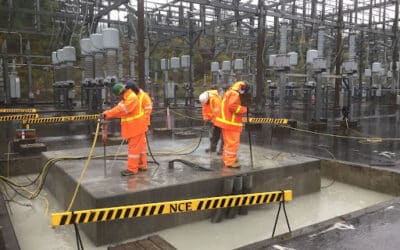
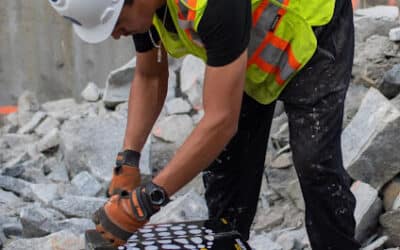
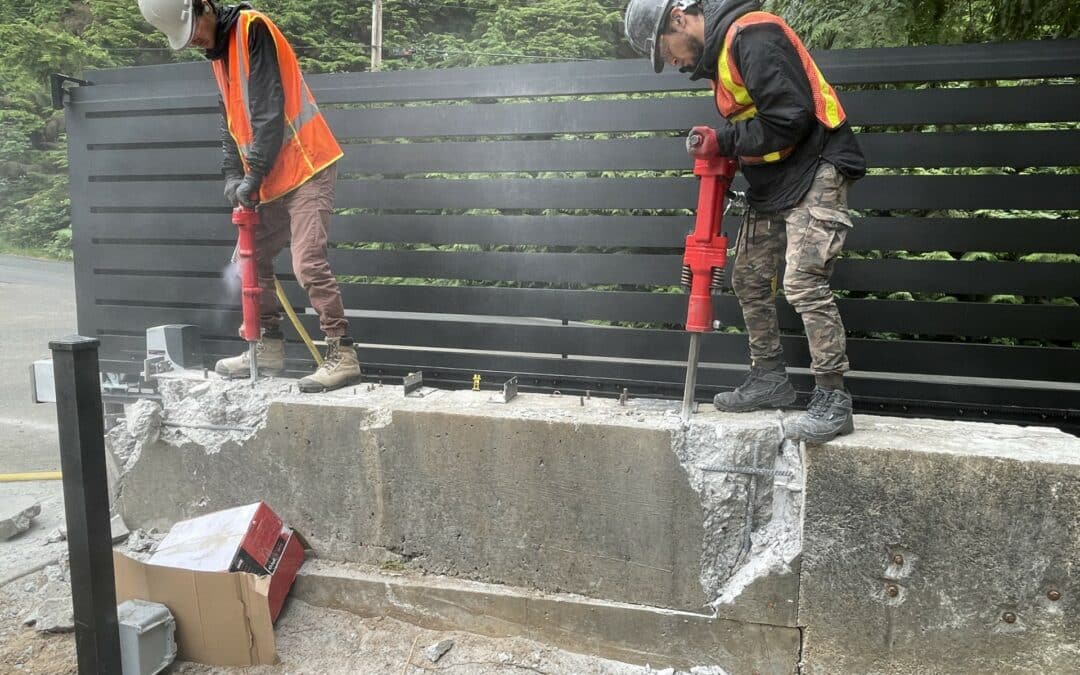
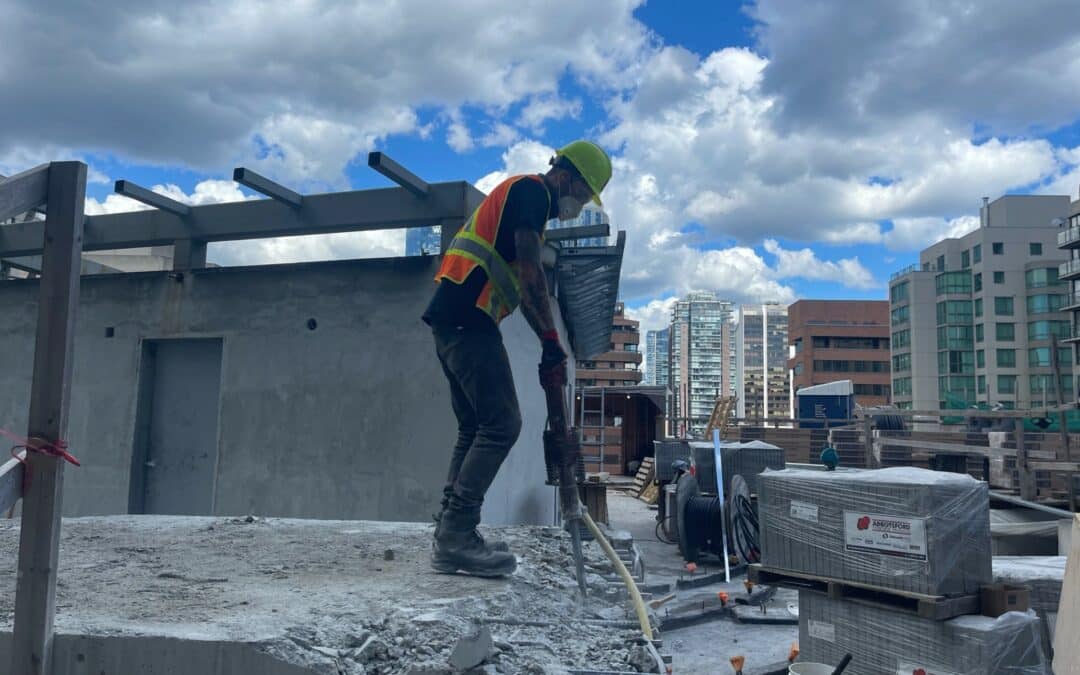
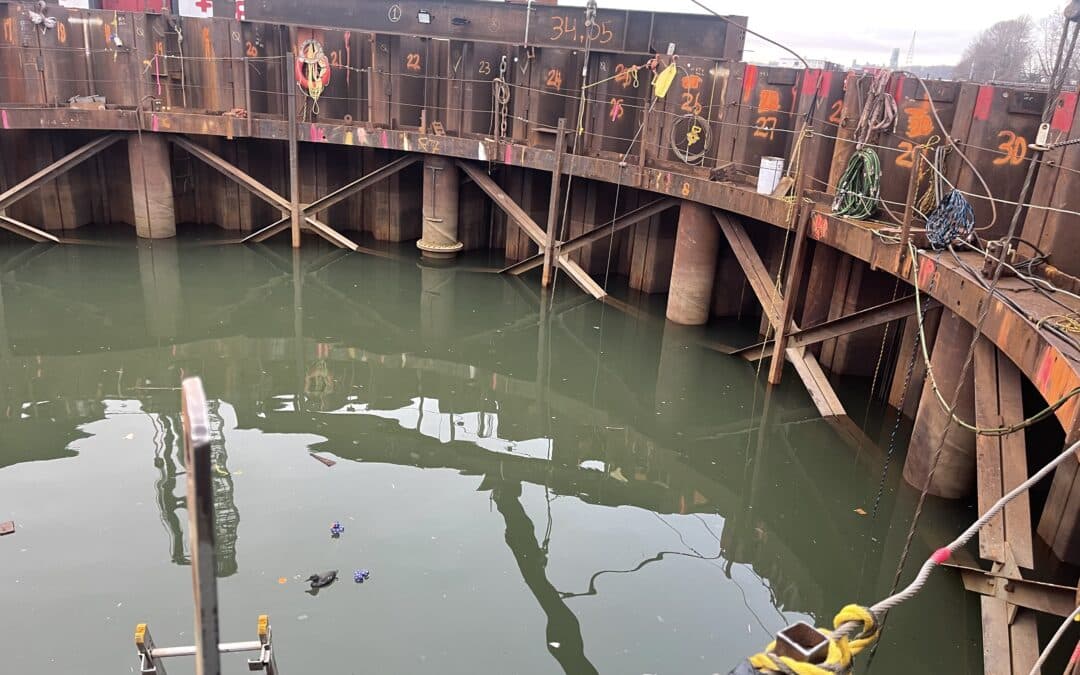
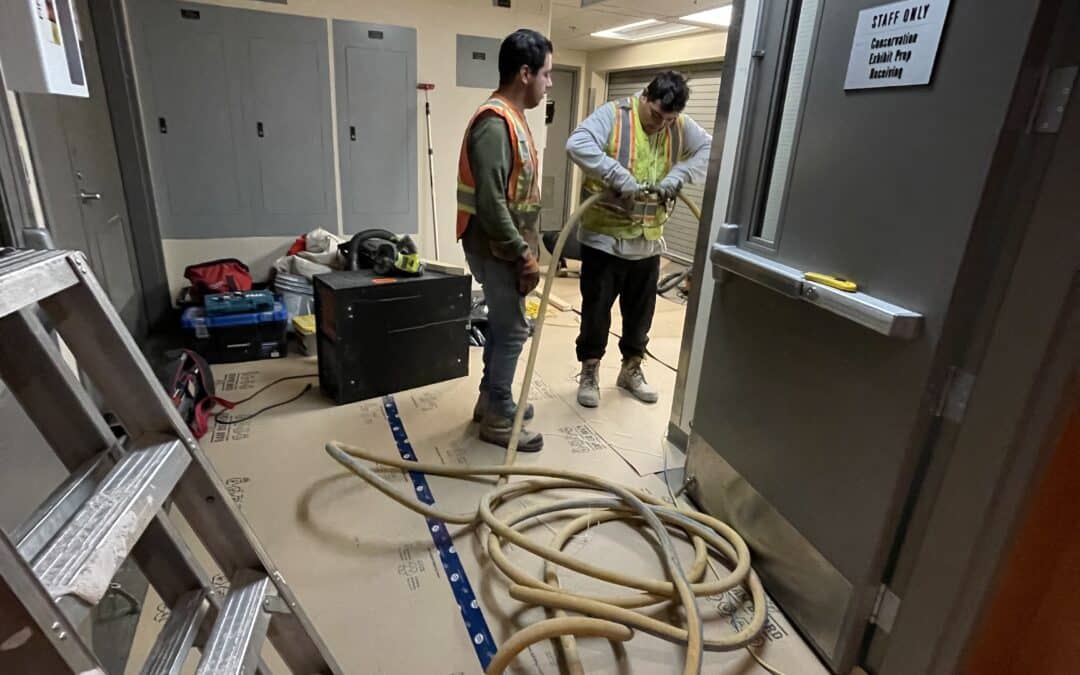
0 Comments